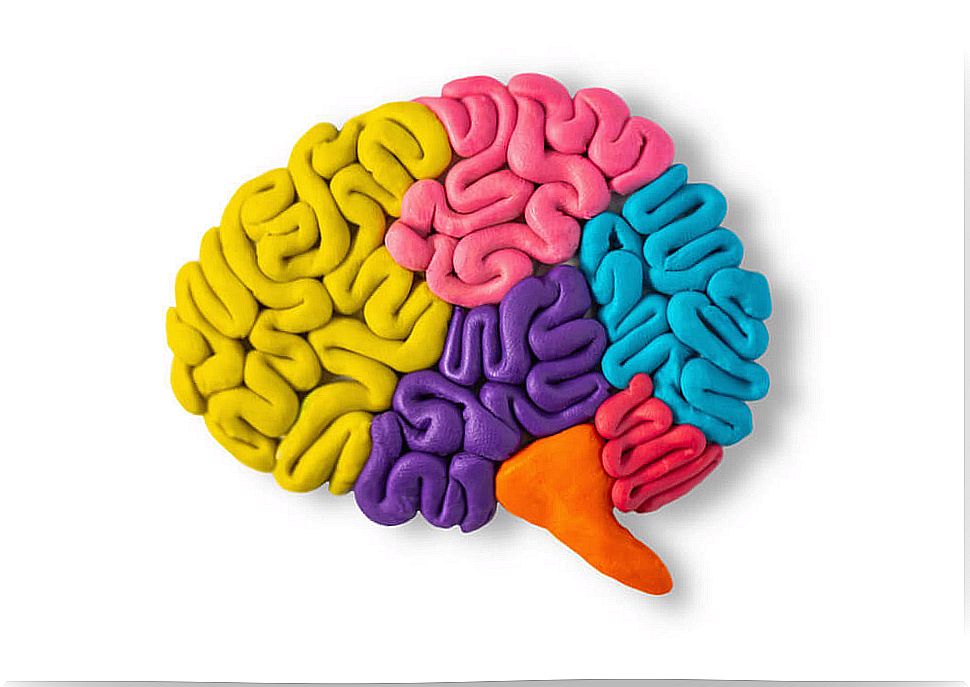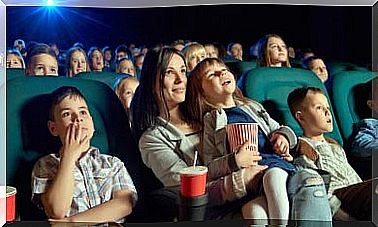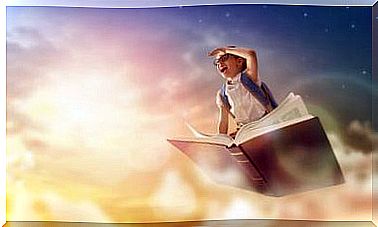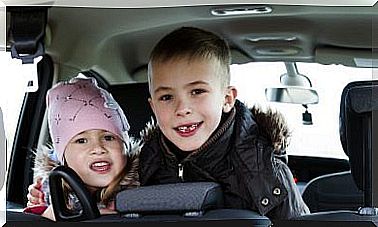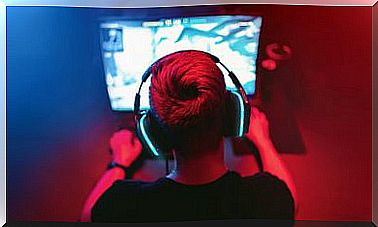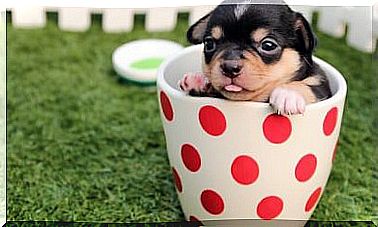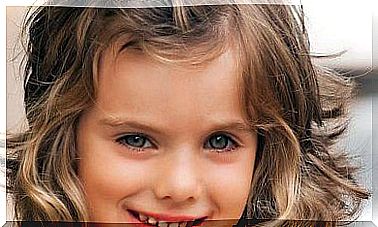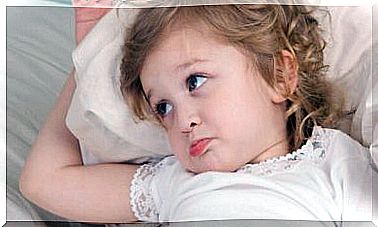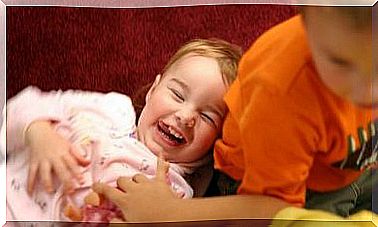How To Explain Blood Groups To Children
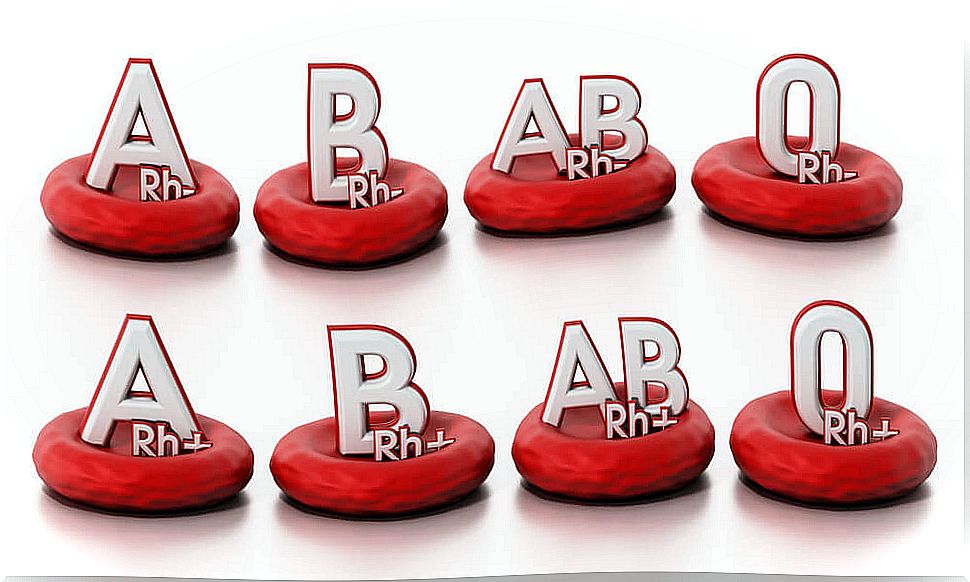
Before explaining blood groups we must know what they are. Blood groups are a system for classifying blood based on molecules present on the surface of red blood cells. It is called the ABO system, and it is formed by the antigens A, B and O (zero), a group to which those individuals who do not express any surface antigen belong.
They were discovered in 1900 by the Austrian scientist Karl Landsteiner, and it was a milestone at the time, since until now it was thought that all blood was the same and it was not understood why some people died after receiving a blood transfusion. Really, what this represents is an incompatibility between groups and the rejection between some of them.
What are blood groups: explanation for children
Imagine the cell as a planet from whose surface multiple structures emerge in various forms. Some of them are proteins, other sugars, other glycoproteins… The set of all of them characterizes our cells and makes them unique. One of these planets are red blood cells, which float through the bloodstream along with other molecules and other planets.
We can belong to four different planetary groups according to the antigen that is expressed on the surface of our erythrocytes: A, B, AB, O. These antigens will be the same as that of one of our parents or a mixture of the two, since the ABO system is hereditary. Although we will not develop it clearly until 2 or 4 years of life; then they will remain constant.
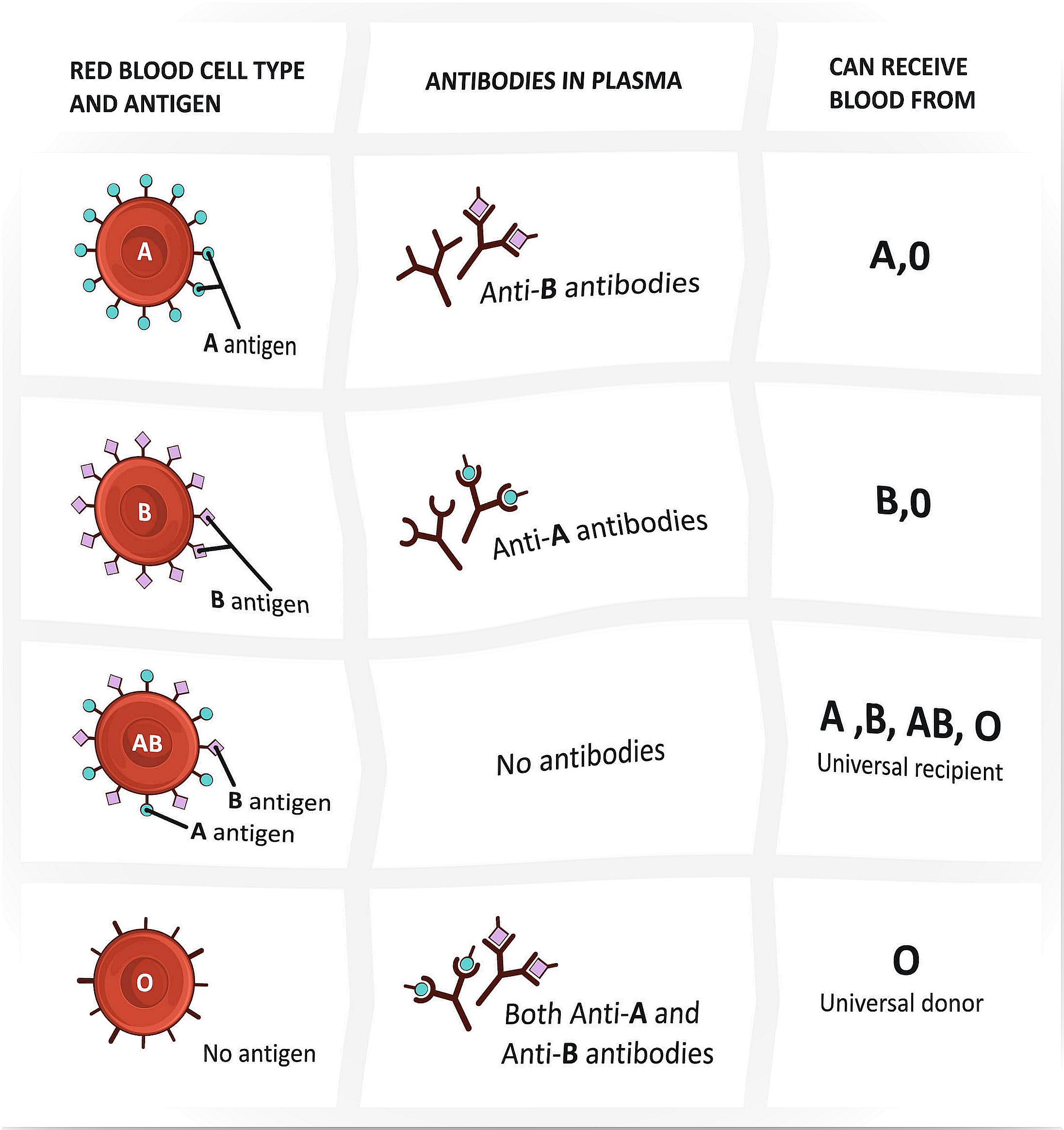
How blood groups are inherited
To begin with the inheritance of blood groups, it is convenient to make a clarification. N ur blood is characterized by both ABO and Rhesus Factor other known or Rh. Rh is a surface protein also present in erythrocytes; Those who have it are said to be Rh positive (+), and those who lack it, Rh negative (-). Like ABO, it is hereditary.
Now that we know what red blood cell planets look like, let’s see how they form. For the creation of a new being, a female and a male star are required, and each of them will express a peculiarity on the surface: A, B, AB or O. What will be the result of the crosses ?:
- A x A → Child A or Child O.
- B x B → Child B or Child O.
- A x B → Child A or Child B or Child AB or Child O.
- AB x AB → Child A or Child B or Child AB.
- O x O → Child O.
It seems a bit complicated, right? But no, we were not wrong. Two A parents can have one O child, or one AB parents have one child of each. How is it possible? The answer is in our genes. Depending on the pair of chromosomes that our parents transmit to us, so will our blood group. Let’s take an example to explain blood groups:
Example
The branches on the surface of our mother’s planet are A (this is her phenotype ) , but inside her cells, her DNA, which is made up of two chromosomes, are not the same, since one is A and the other O ; this is your genotype. It is the same with our father; its phenotype is B, but its genotype is BO. When generating a new being, our parents transmit to us only one of their chromosomes: A or O, B or O.
- AO genotype → A phenotype (remember that O is the absence of surface branches).
- BO genotype → B phenotype (for the same reason as above).
Crossing an AO planet with another BO can give us four different results. Taking into account that each one contributes only one chromosome and that on the surface not all the branches are expressed, the resulting children are the following:
- Child with AB genotype → AB planet type phenotype .
- Child with AO genotype → planet A type phenotype .
- Child with OB genotype → planet B type phenotype .
- Child with OO genotype → O planet type phenotype .
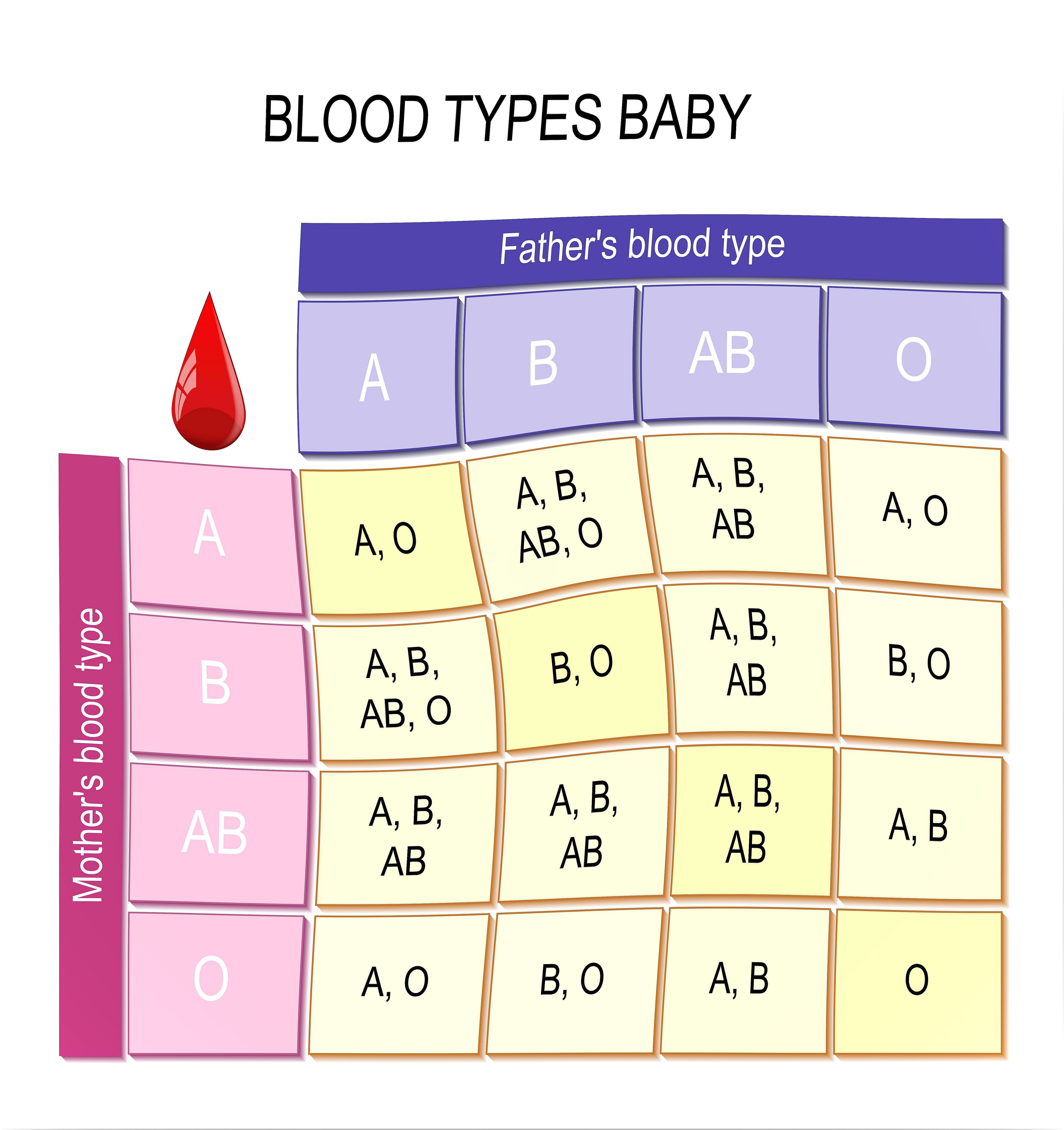
Why are blood transfusions between different groups not possible?
We have already said that our erythrocyte planets are characterized by surface peculiarities called antigens. The interesting thing is that at the same time that these are formed, other molecules called antibodies appear in the bloodstream that protect us against possible invasions.
A planet A will travel quietly through a blood in which there are antibodies B. If we transfuse blood of a blood group B, our antibodies will identify it as a threat, they will attack it and, as a result, the blood clumps and the individual can reach die.
Groups O represent the exception since, as they do not present surface antigen, they can donate to anyone. However, they have antibodies A and B, so they can only be recipients of another equal to them.
To end…
We hope this little humorous article will help you to explain blood groups to your children. And, remembering the American professor Howard G. Hendricks …
